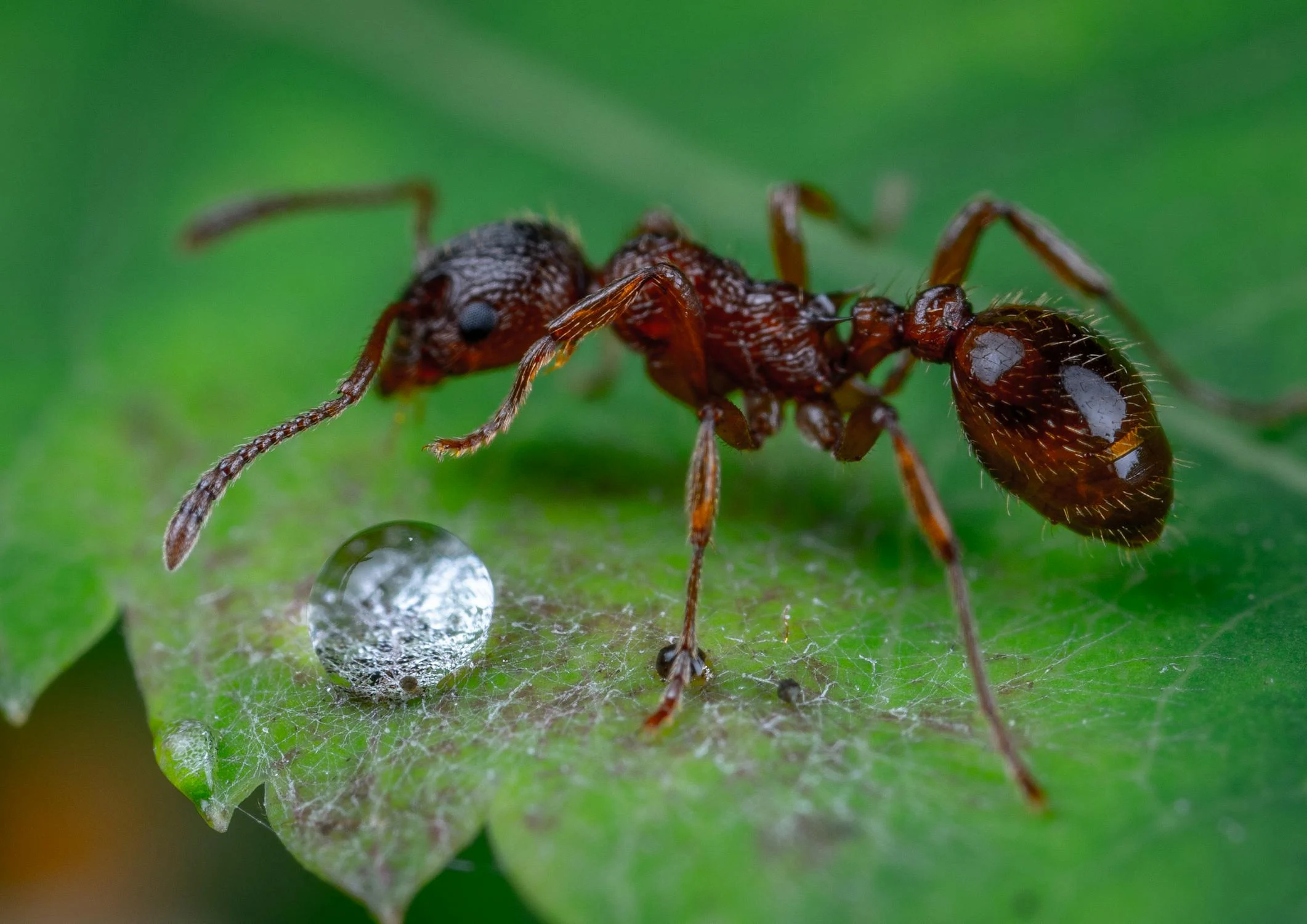Discovery of a new species of ant in the Himalayas.

A team of entomologists from the Ashoka Research Institute in Ecology has discovered a rare blue ant, named “Paraparatrechina neela,” in Arunachal Pradesh, India.
The ant was discovered during an exploratory trip to the “Siang” Valley in Arunachal Pradesh, aimed at re-surveying its biodiversity. The valley is located in Arunachal Pradesh within a biodiversity hotspot in the Himalayas, offering an unparalleled world of diversity; much of its terrain remains unexplored.
The discovered ant is a small ant measuring less than 2 mm in total length, blue in color, and unlike the common red, black, or brown ants. Its body is mostly metallic blue, except for the antennae, mandibles, and legs. Her head is somewhat triangular with large eyes, and her lower jaw also has a triangular shape and contains five teeth.
This type is characterized by a distinctive metallic blue color that differs from any other type of its kind.
In insects, the color blue is often produced by the arrangement of biological photonic nanostructures, which create structural colors rather than being caused by pigments. While blue is commonly observed in some insects like butterflies, beetles, bees, and wasps, it is relatively rare in ants.
This new species belongs to the rare genus “Paraparatrechina” and has been named “Paraparatrechina neela,” with the word “neela” referring to the color blue in most Indian languages.

Briyadarshan Dharma Rajan, the author of the research study on the newly discovered ant, stated: “The impact extends beyond the valley itself, as these mountains play a crucial role not only in preserving their diverse ecosystems but also in ensuring the well-being of millions of people living downstream.”
This discovery sheds light on the unique animals in the eastern Himalayas and raises interest in their ecological roles and evolutionary traits.
According to the study, the discovery of “Paraparatrechina neela” contributes to enriching ant diversity and represents the unique biodiversity of the eastern Himalayas.




